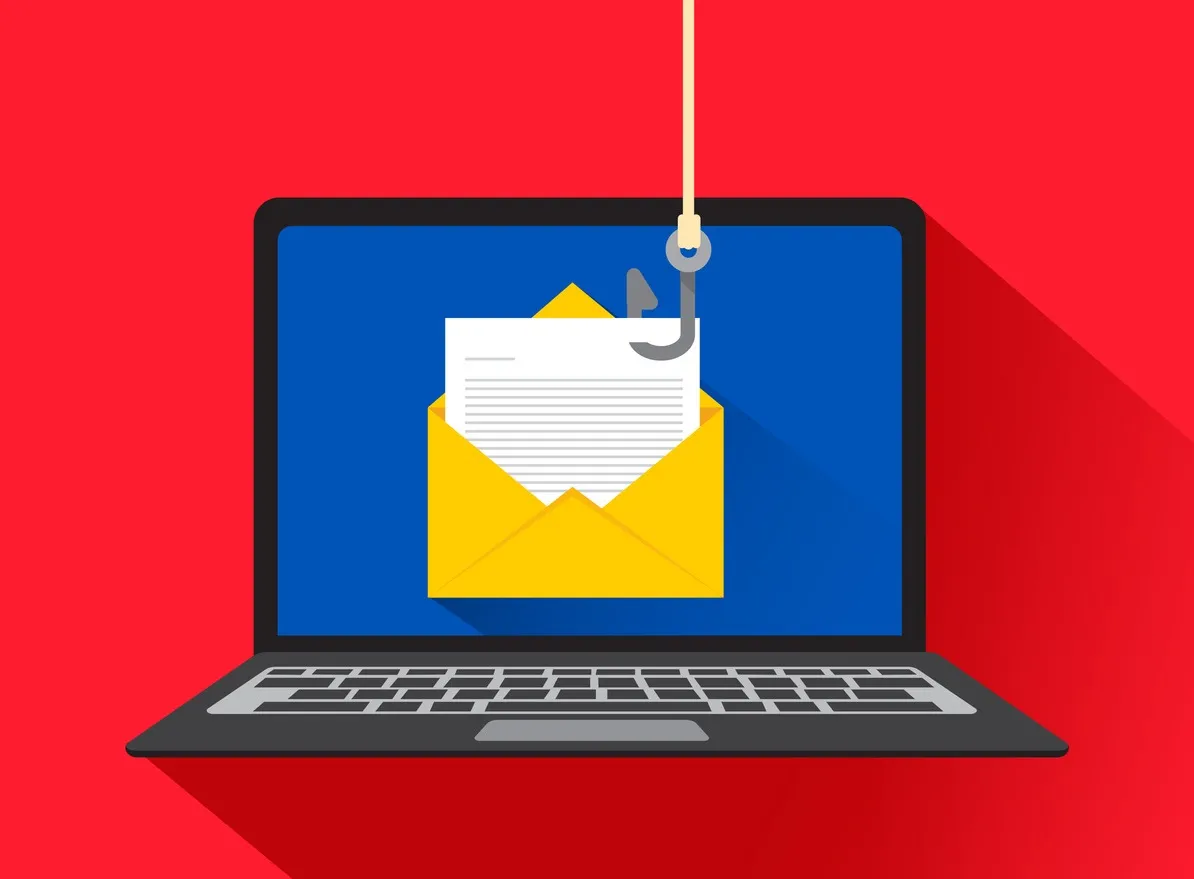Anonymous Email Guide: How to Send Emails Undetected in 2024

Privacy is a hot-button topic in 2024, and digital privacy is at the top of the list. We live in a world where every click and keystroke is monitored and sold for advertising purposes, and privacy’s importance cannot be discussed enough—particularly in our private communications. Is there a way to use anonymous email? Let’s look
Email is a primary means of conversation for personal and business communications, yet it usually needs more confidentiality than many users would like. This guide looks into the possibility of anonymous email, a crucial need for those seeking to safeguard their comms in 2024. Whether you’re protecting your identity or handling sensitive information, understanding how to send emails anonymously is more than a nice to have—it’s a necessary safeguard in an era where almost every organization and government constantly threatens digital privacy.
Understanding Anonymity in Email Communication
Anonymous email communication serves a critical right in our digital world. Individuals might choose to send emails anonymously for various reasons. Whistleblowers often need anonymity to safely disclose illegal or unethical behavior within organizations without fear of punishment. In regions with strict political censorship, anonymous emails enable free and safe expression against oppressive regimes.
Additionally, anonymous email helps avoid digital tracking, protecting users from targeted ads and potential cyber threats. For many, it’s simply about maintaining privacy and keeping their online interactions private. This practice ensures that personal freedoms and safety are preserved despite growing digital surveillance.

3 Ways to Send an Anonymous Email
Sending an anonymous email can be achieved through various methods, depending on your privacy needs and the context in which you are sending the email. Here are some step-by-step guides for different approaches:
1. Using Gmail or Outlook with a Pseudonym:
-
Create a new Gmail or Outlook account.
-
Use a pseudonym and provide minimal personal information.
-
Set up the account using a VPN to mask your IP address during registration to enhance privacy. If you can’t use a VPN, never use the email account on your home internet.
2. Using a Burner Email Address:
-
Choose a well-known burner email provider such as Guerilla Mail or Temp-Mail.
-
Visit their site and create a temporary email address.
-
Use this address to send emails that do not require a response, as these accounts are typically short-lived. It’s a 1-way sending service.
3. Using a Secure Email Provider:
-
Select a secure email provider known for prioritizing privacy, such as Spike Teamspace, ProtonMail, Tutanota, or StartMail.
-
Register for an account using information that isn’t tied to your real identity.
-
Take advantage of end-to-end encryption and self-destructing messages (if offered) to maintain secrecy.
Each of these methods serves different levels of anonymity and can be chosen based on the specific circumstances and the level of privacy required.
Additional Email Privacy Considerations
While sending anonymous emails, addressing other privacy concerns that might expose your identity is crucial. Here are additional considerations to consider with anonymous email needs.
Using a VPN to Hide IP/Location:
A VPN service helps conceal your IP address and encrypts your internet connection, making it harder for third parties to track your location or intercept your data. This is especially important when registering for or accessing email services. Read the privacy policy of the VPN provider as well.

Removing Metadata from File Attachments:
Attachments often contain metadata that can reveal details about the author, the device used to create them, and more. Apps like Adobe Acrobat and Microsoft 365 can remove the metadata before sending documents.
Removing EXIF Data from Photos:
Photos can contain EXIF data showing when and where they were taken (with GPS coordinates) and the device used. Using photo editing tools to strip this data or converting images to a different format can help maintain anonymity. Worst case – screenshot the photo!
Implementing these practices can significantly enhance your email privacy, keeping your communications secure and your attachments anonymous.
Try Spike – A Secure Email Client That Doesn’t Track Your Data
For those seeking a secure and private email experience, Spike Teamspace offers a compelling solution. Unlike many conventional email providers and clients, Spike Teamspace is built with privacy at its core, ensuring that your communications remain secure and your data is protected. With robust encryption standards and a strict policy against data tracking (Spike has NO ads), Spike provides a safe environment for all your email needs.
-
•
Spike is ad-free and does not rent, sell, distribute, or monetize your data. To anyone. Ever.
-
•
Spike passed a security audit by an independent security evaluator (ISE)*
-
•
We store only the minimum data needed to provide the fastest communication and collaboration experience. Period.
-
•
Message data is encrypted using the AES-256 encryption.
Users can enjoy peace of mind knowing their information is not being monitored or sold to advertisers. Spike’s commitment to data privacy can be viewed here.
Gain Communication Clarity with Spike
You may also like
How to Send an Email to a Cellphone
Learn how to send texts from your email account using any carrier by following our handy guide.
Read MoreTired of the Dings? How to Leave a Group Chat on iPhone
Group chats can be great until they never stop. This detailed how-to guide explains how to leave a group chat on iPhone as well as options for muting it.
Read MoreHow To Create a Free Business Email Address In 5 Minutes
A proper business email address is key to looking professional in today's digital world. Learn why it's so important and discover some of the best business email options available.
Read More



